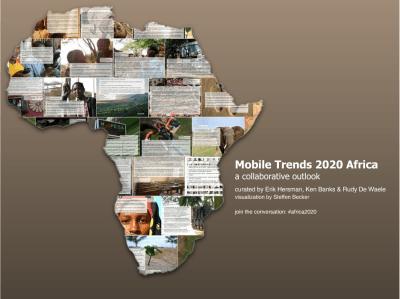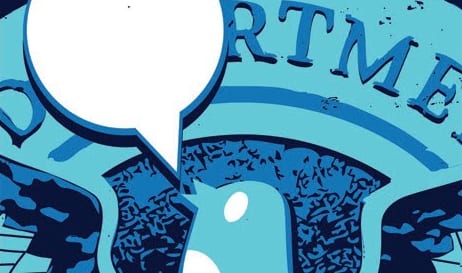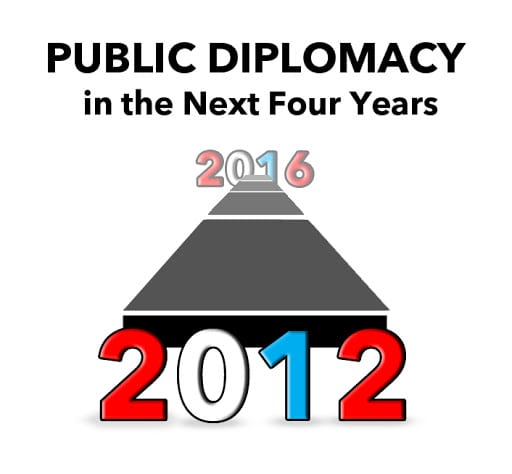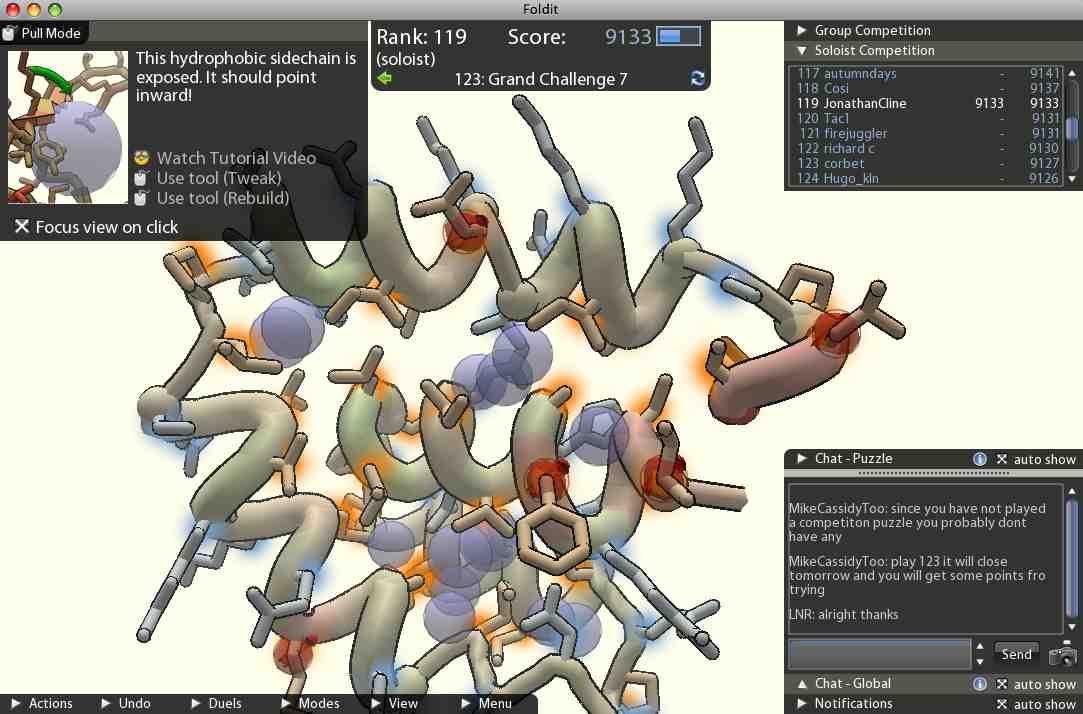Bruce Gregory’s Public Diplomacy Resources – #63
GW School of Media and Public Affairs Adjunct Assistant Professor Bruce Gregory compiles an annotated bibliography of Public Diplomacy-related readings and other resources. Intended for teachers of public diplomacy and related courses, here is an update on resources that may be of general interest. Suggestions for future updates are welcome and…










